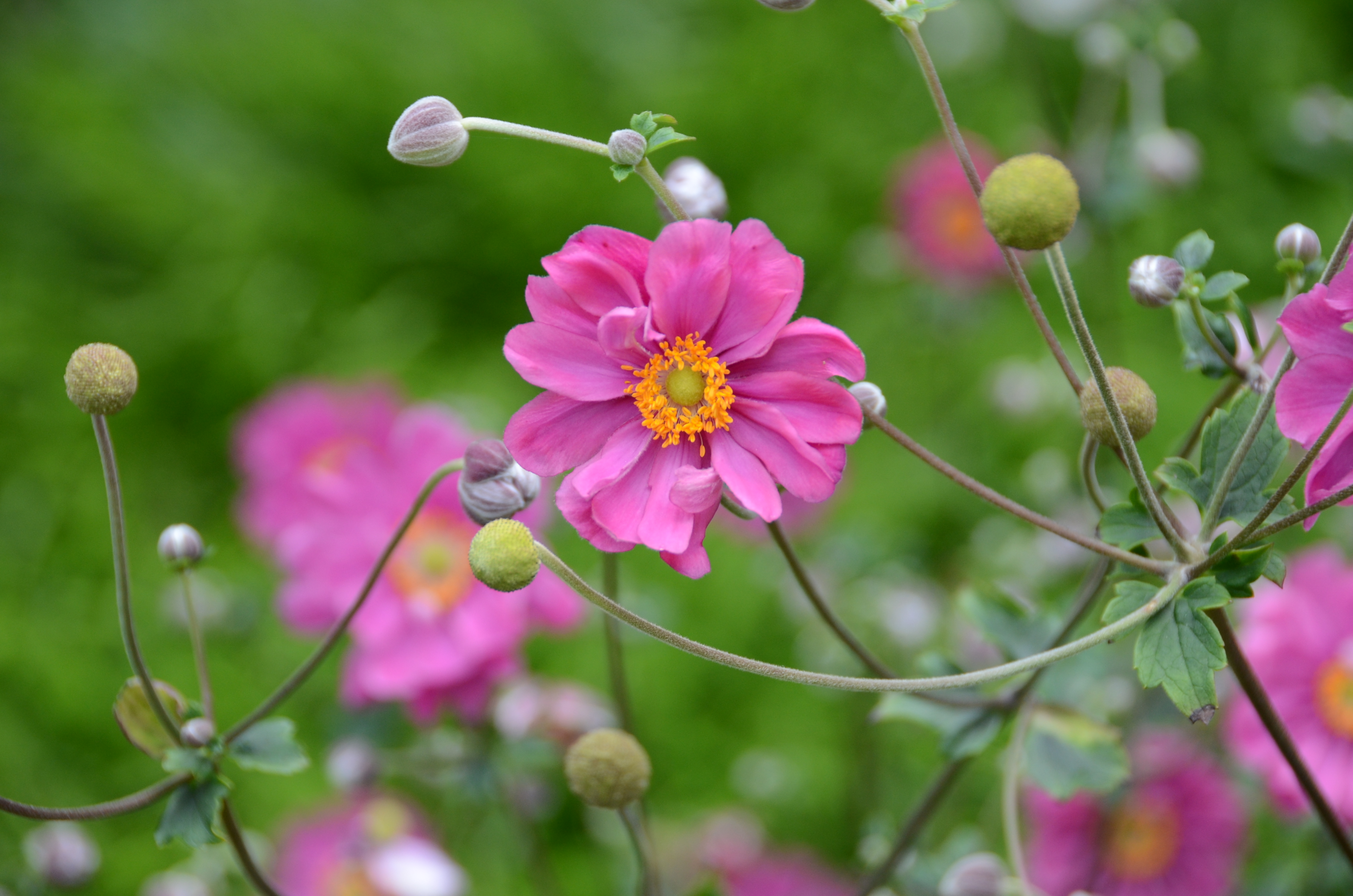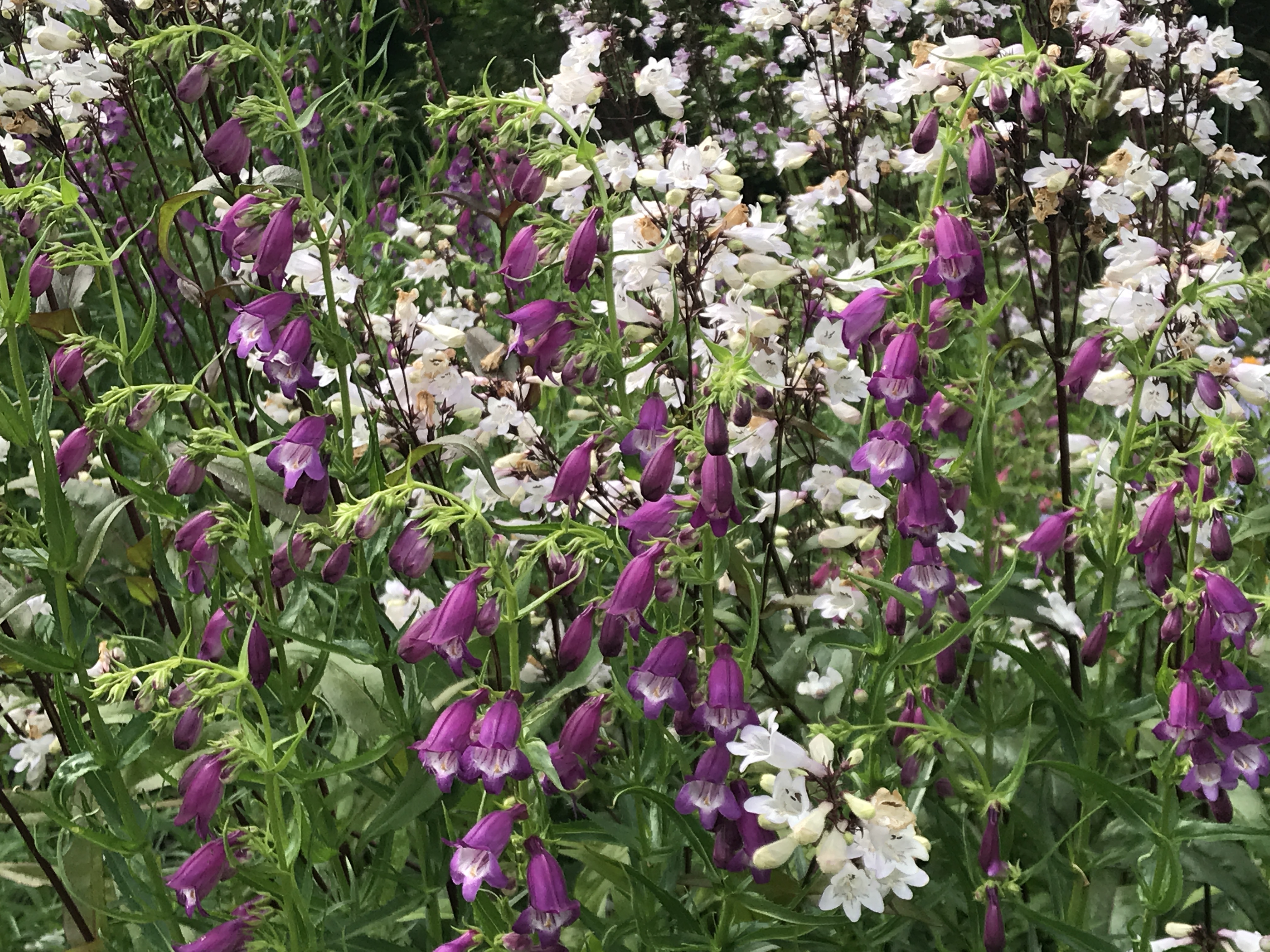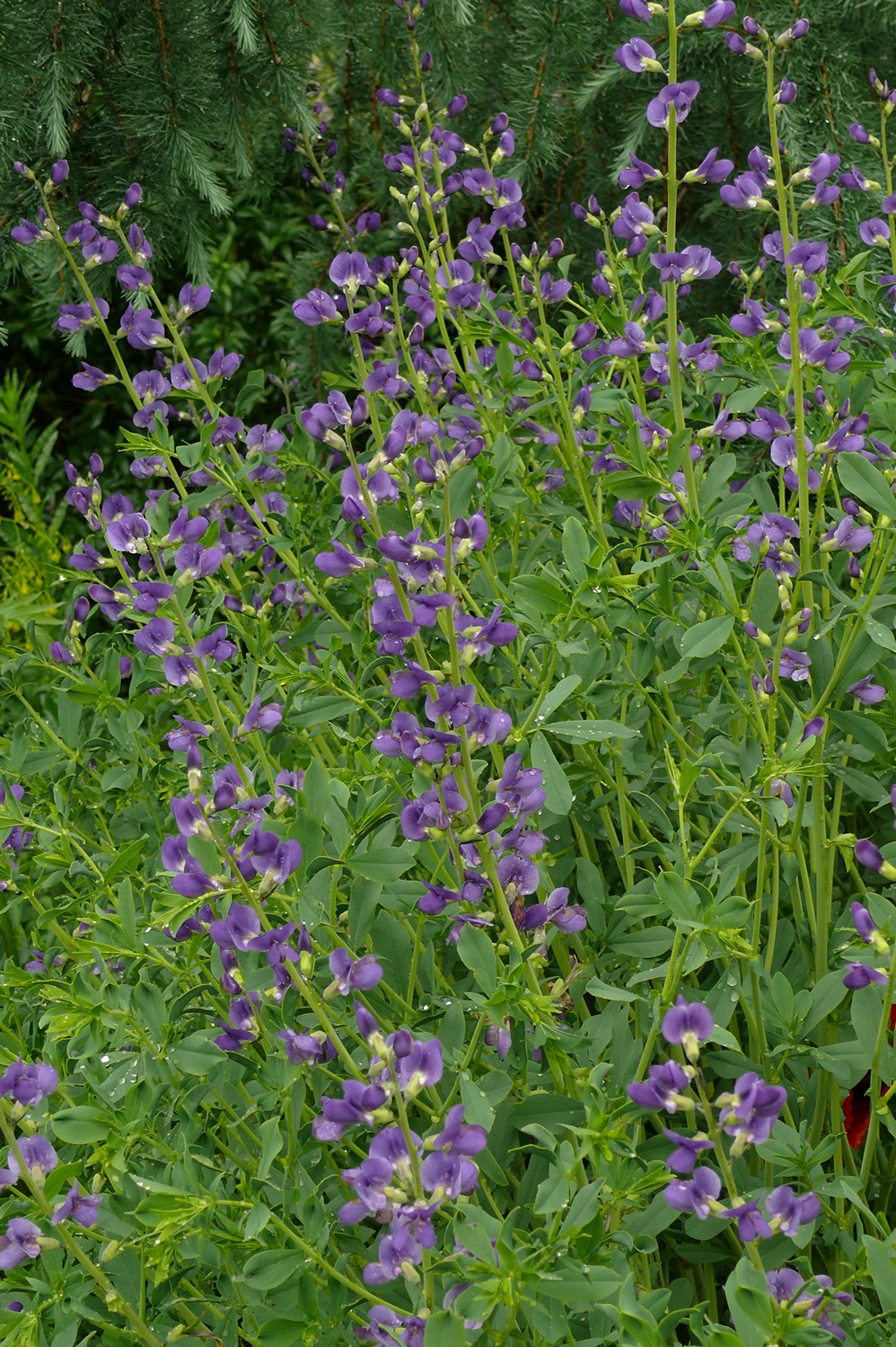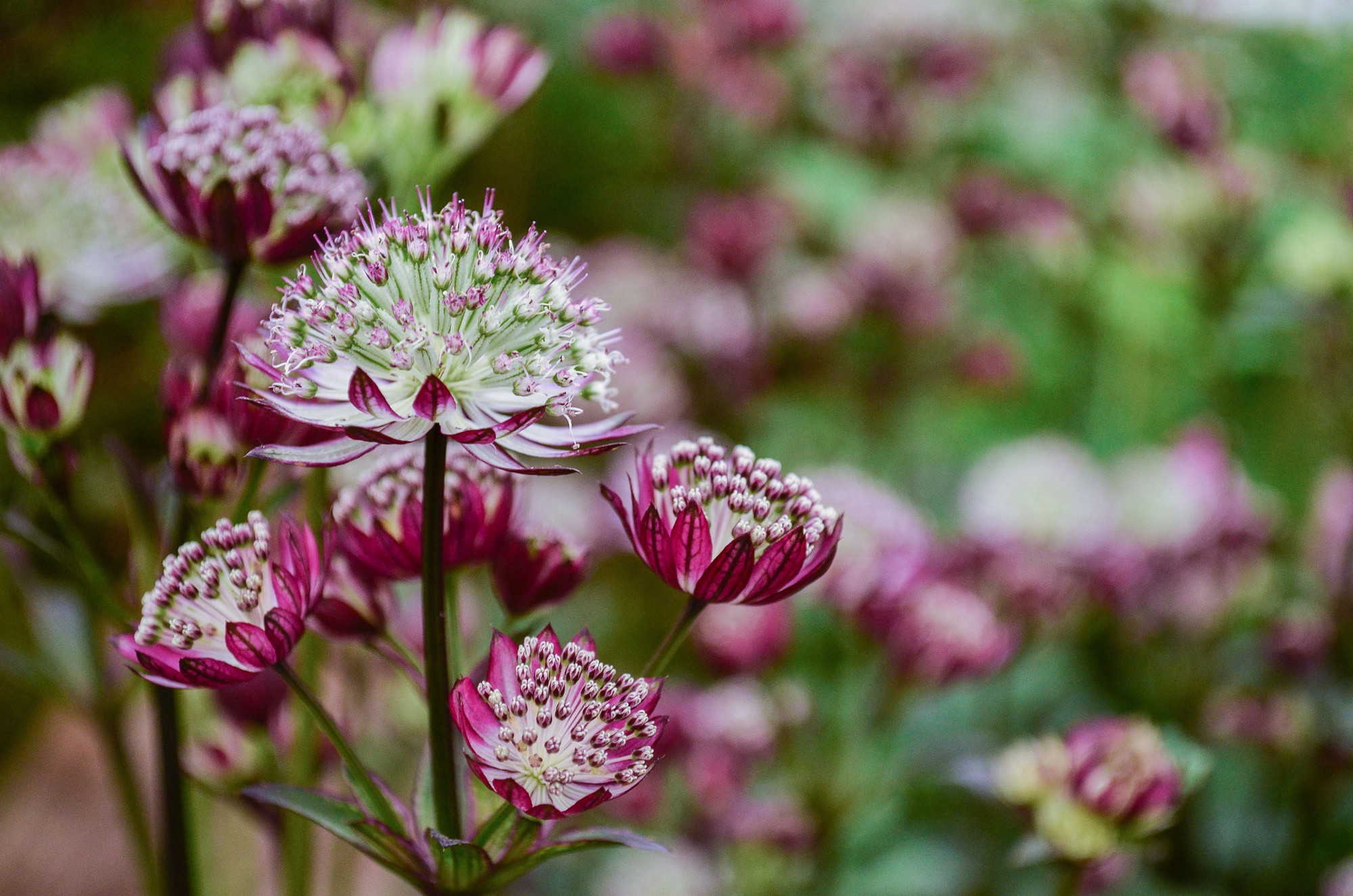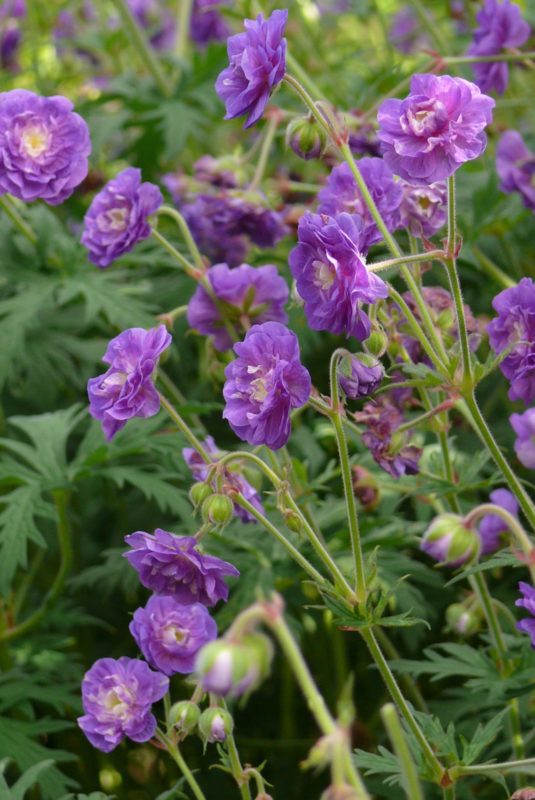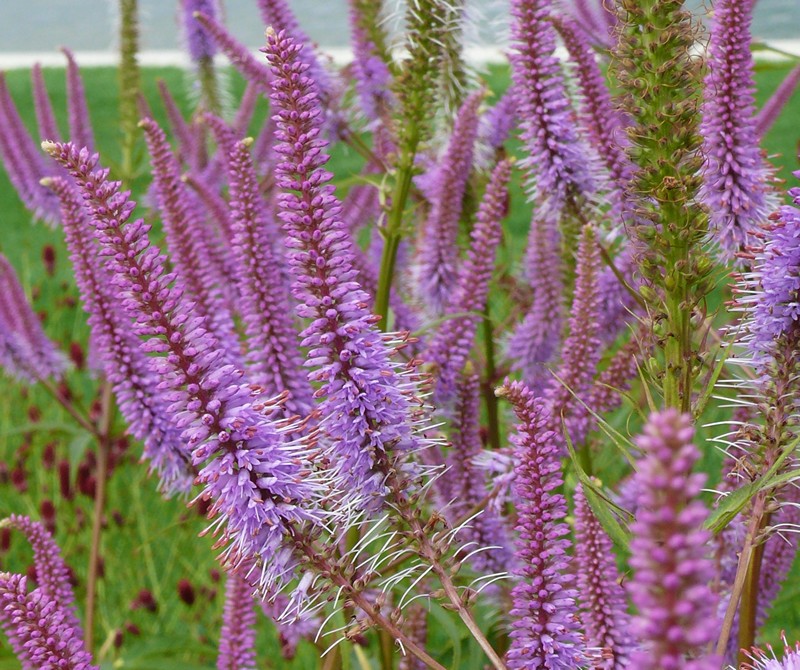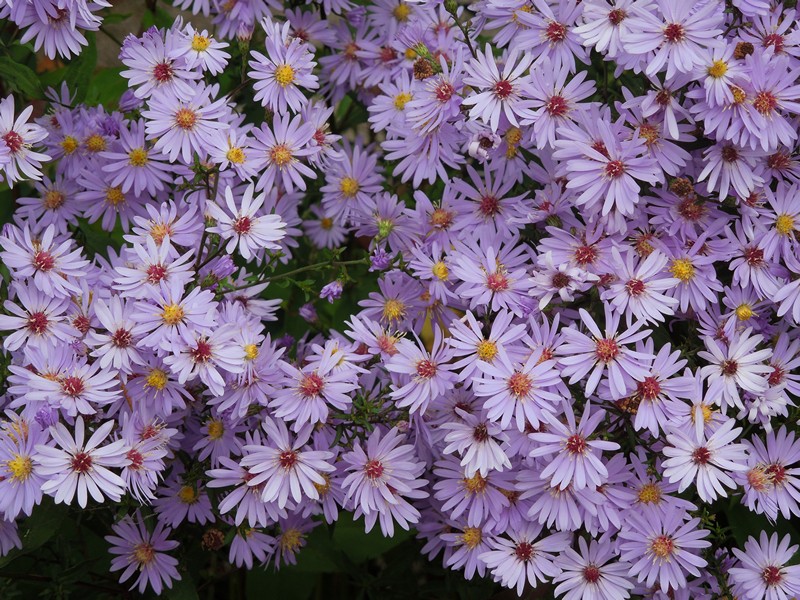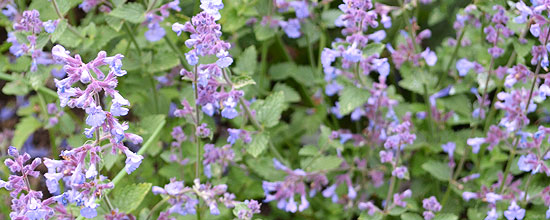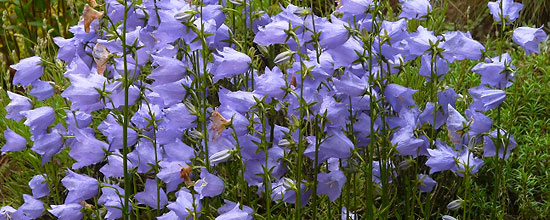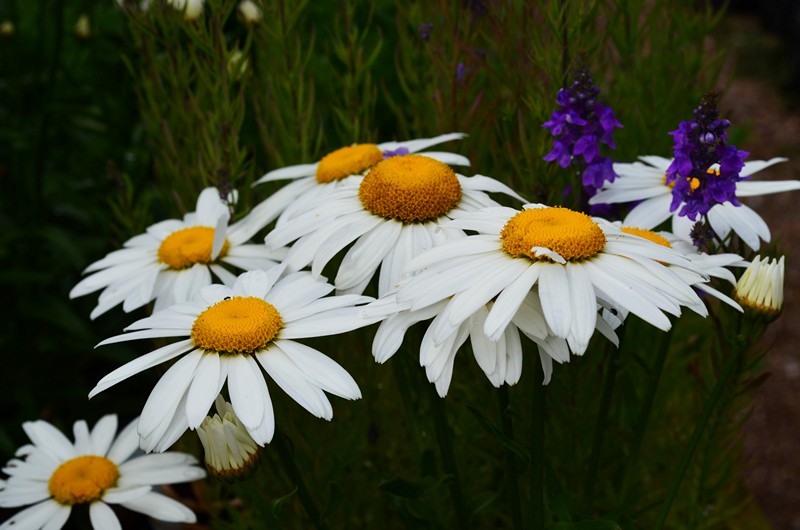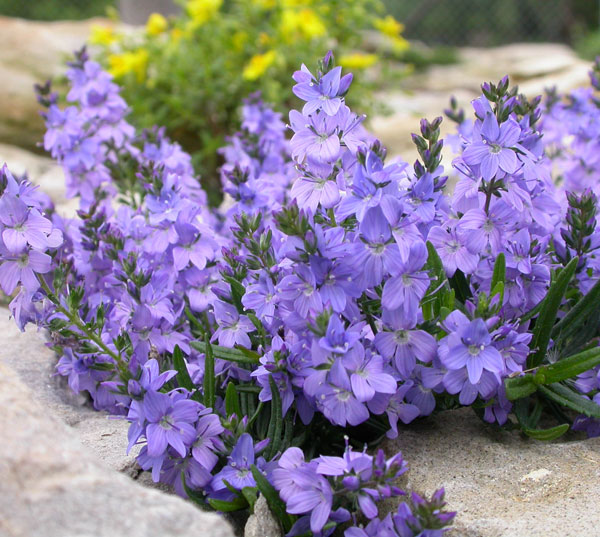Rod Peach tree we can see it in perennial compositions more and more recently. It became popular especially for its long flowering period, lush growth, trouble-free cultivation (they usually do not suffer from any diseases or pests) and adaptability. The view of redsno as an inexhaustible weed is slowly changing, although caution is in order. Several species of the genus Peach tree it can really be a nuisance to slightly invasive - for example Persicaria polystachya (syn. Persicaria wallichii), but most garden cultivars are bred with non-invasiveness in mind.
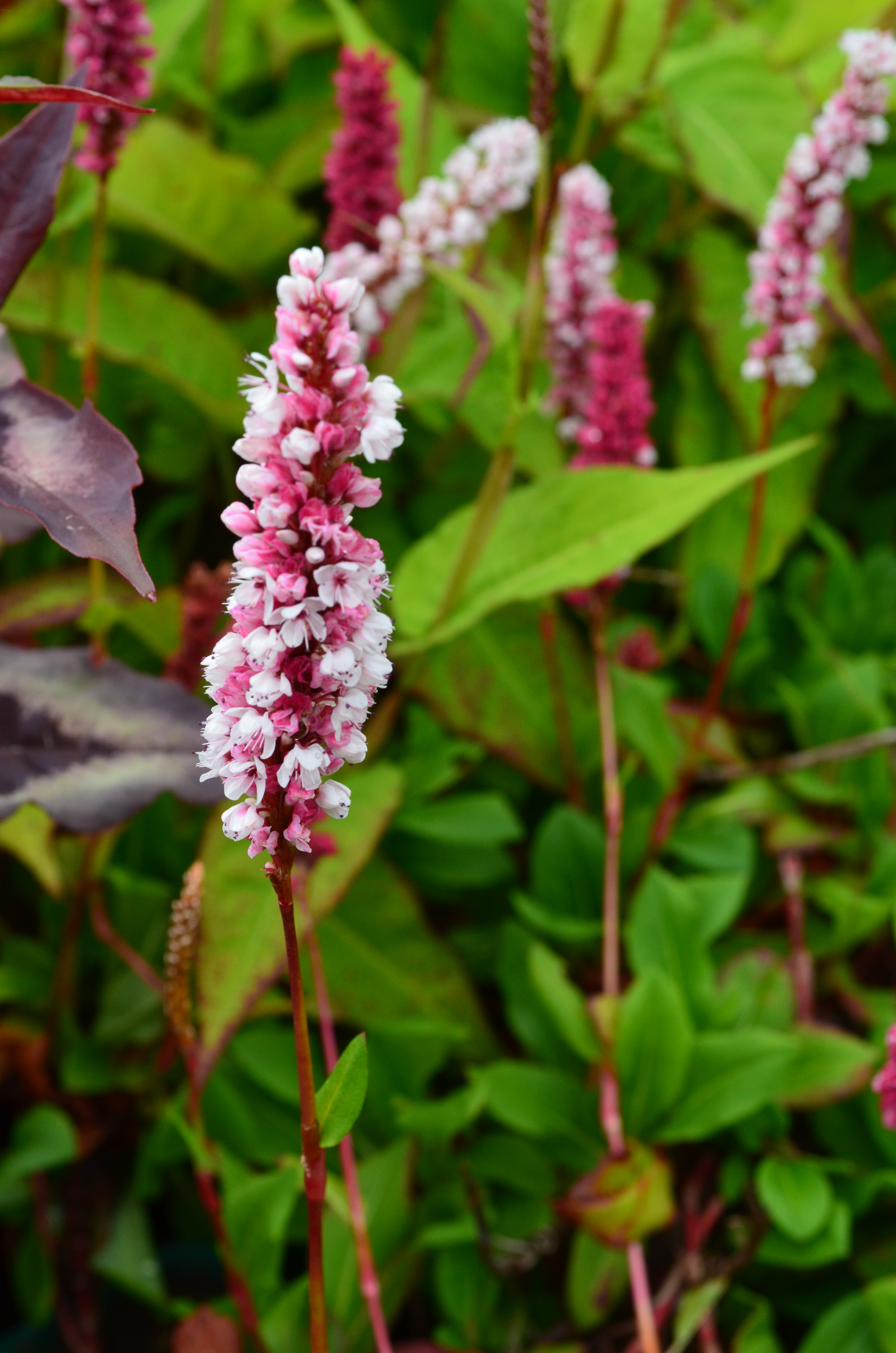


Latin box
It used to be a genusPeach tree classified under genusPolygonum, which translates to "many knees" and generally describes the swollen nodes on the stems of most representatives. However, botanists still debate the affiliation of individual species, and so we can also find rdesna under Latin namesAconogonon, Bistorta, Fallopia orCargo. The number of species in the genus therefore varies considerably, some literature states 100 different up to 150 species. However, it is used only roughly in horticulture 17 kinds.
Origin and habitat
The vast majority of species of the genusPeach tree originates from the Himalayan region and further east (especially northwestern China and Japan). They grow here in moist grassy or wooded habitats. This is also why they are best suited to a wetter nutrient soil, optimally non-drying in summer and full sun or partial shade. Some species are very adaptable, especiallyPersicaria embracexicaulis, which can tolerate occasional swearing, even short-term silting. This makes it a good candidate for rain beds or locations with heavy clay soil. AlsoPeach tree ×Fennica (syn.Persicaria polymorpha) tolerates drier soils than most rdesens.
In general, sedums are medium-sized perennials with a relatively coarse texture, so it is more suitable for larger and wilder compositions, and thanks to its luxuriant growth, it makes excellent area plantings. Especially the larger species combine well with ornamental grasses.
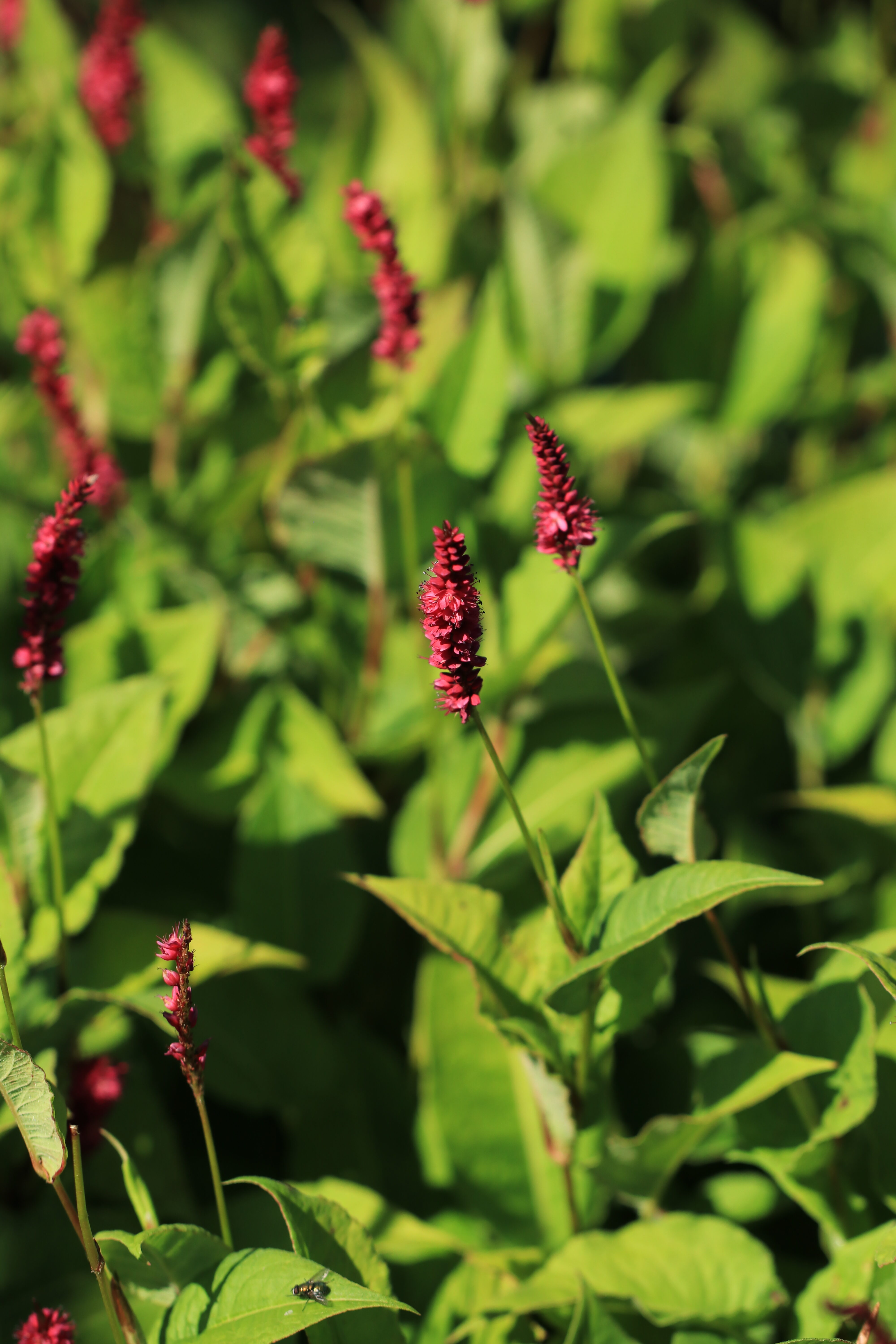
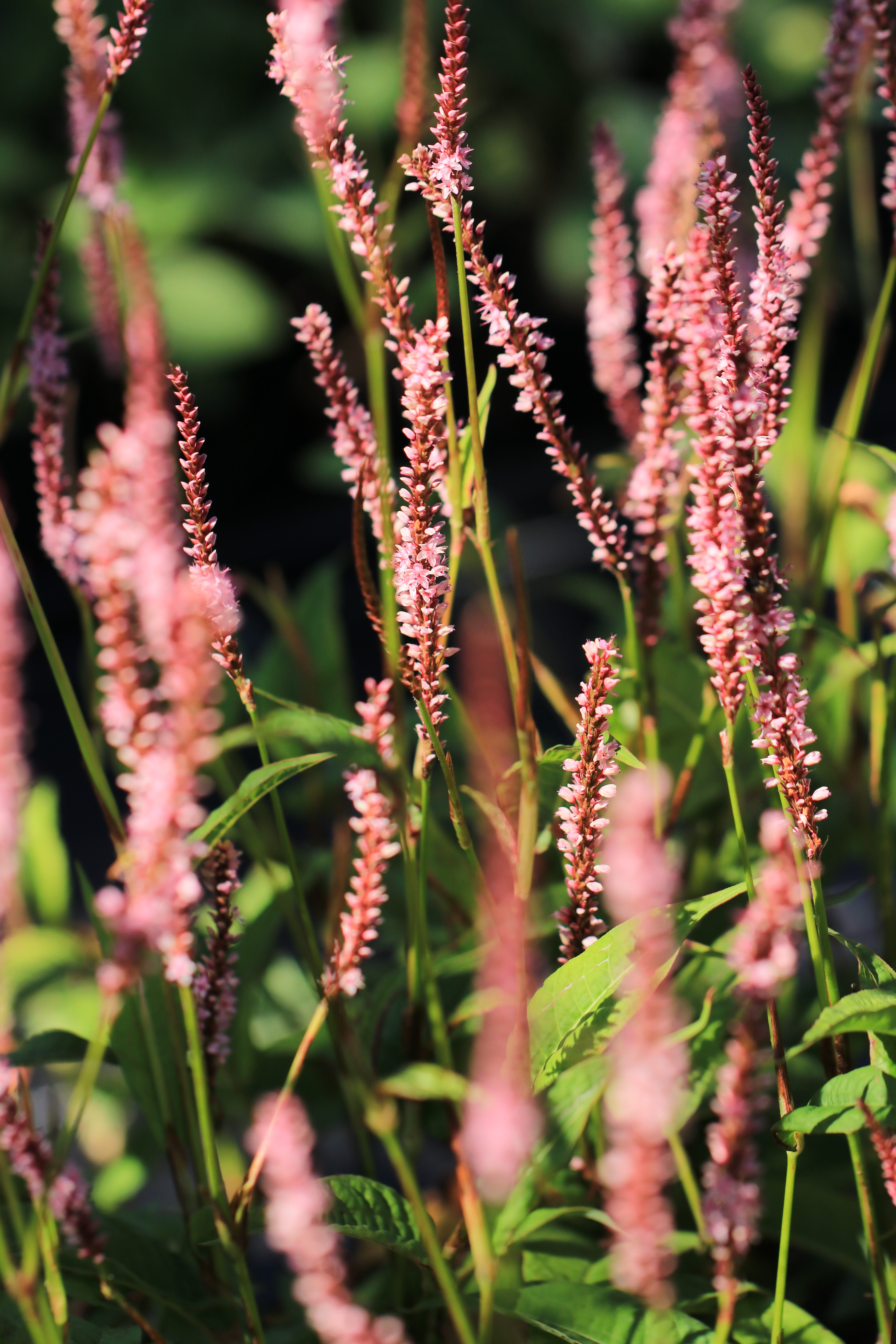
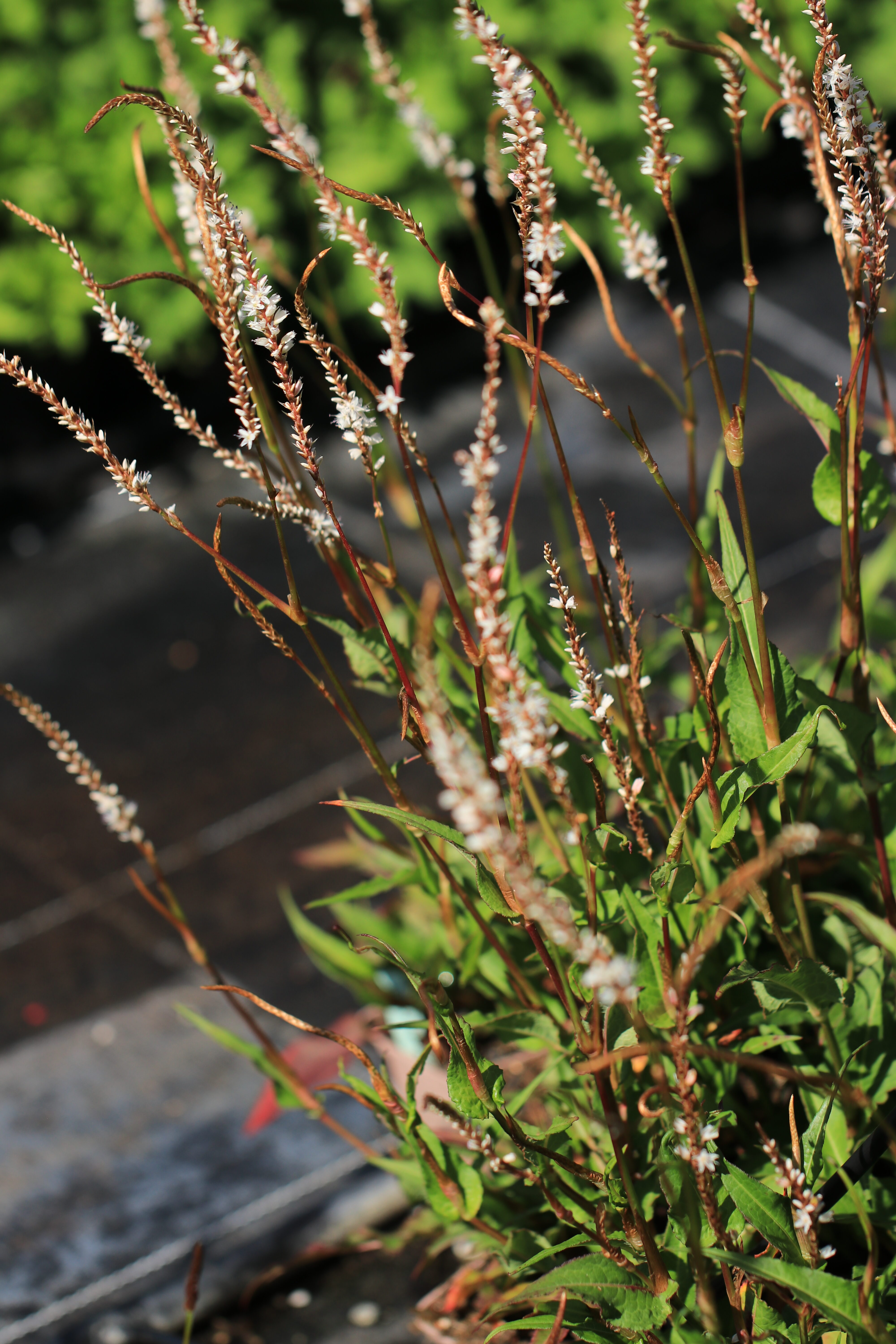
Mainstream species
It is certainly among the most commonly grown and offered species Persicaria embracexicaulis with many different cultivars: elegant and airy - 'Alba'; One of the best, dense, compact and abundant flowering - 'JS Caliente'; best rated in German flower bed tests with special rose-orange flower color - 'Orangofield'; the most compact, jen 50 cm high - 'Inverleith'; bright red - 'Firetail'; cultivar with distinctive, thick and deep red inflorescences - 'Taurus’ (syn. 'Blots') or sterile older cultivar 'Rosea'.
Another medium size, is a frequently used perennial Peach Bistorta, which is native to Europe and Asia. It blooms early and usually renovates in autumn. It was once cultivated as a medicinal plant (against snake bites and to stop bleeding) and as a spring vegetable. But it can be too proliferative and even invasive. Subsp. the meat not so invasive, it has less growth and can tolerate less moisture. Blooms with dark pink inflorescences, which have a more round shape. Cultivars 'Superba' are also very often grown’ with more pronounced inflorescences and 'High Tatra'.
Unlike the previous two, Related to peaches stands out for its compact low stature, so it is often used as a ground cover perennial. It grows on rocky slopes with shallow peaty soil from Afghanistan to Nepal. The cultivar 'Superba' is excellent, which blooms profusely and reaches a height of only 25 cm. Others include 'Donald Lowndes’ or 'Daarjeling Red'.


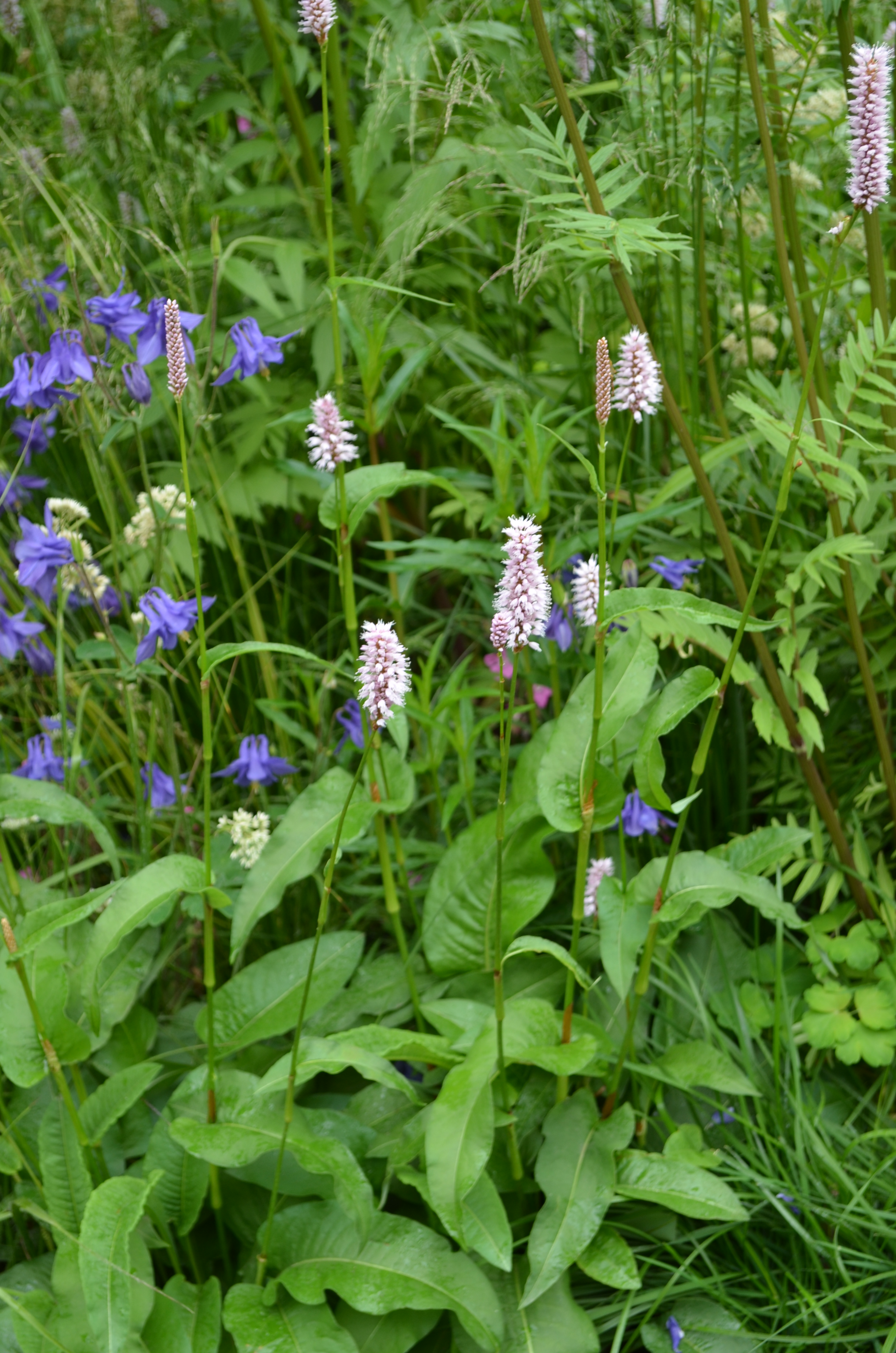
less known, but interesting
On the contrary, he is a giant of this genusPeach tree ×Fennica (syn.Persicaria polymorpha), which creates massive clumps of up to 2 m high and the same width. He can really be the center of attention the whole season not only because of that, that he is constantly renovating. Creamy, massive inflorescences turn pink when they bloom, and in autumn, the perennial is decorated with brownish-red achenes. Tolerates drier conditions, it is smaller in wet soils. It is not invasive and has very strong clumps, which does not roll.
To the family Peach tree for example, the aquatic species is also included Persicaria amphibia, whose leaves float on the surface, but it can also grow in swamps as a terrestrial plant.

We can also meet in culture Persicaria campanulata, which has larger bell-shaped pale pink flowers, can tolerate even deeper shade, but does not like dry soil in summer. Persicaria microcephala can be quite invasive, therefore, its non-invasive cultivar 'Red Dragon' is mainly used, which has purple stems and leaves when sprouting, these later turn green with a distinct brown-red pattern. Persicaria weyrichii reaches a height of about 120 cm, grows luxuriantly in width, but it is not invasive unlike similar Persicaria wallichii (syn. P. polystachya), whose flowers smell like honey. It is unlike the others Persicaria virginiana quite inconspicuous and in the culture, mainly in shady areas, its cultivars 'Variegata' are used, ‘Painter’s Palette’ či ‘Compton’s form’ for significant coloring of the leaves.





